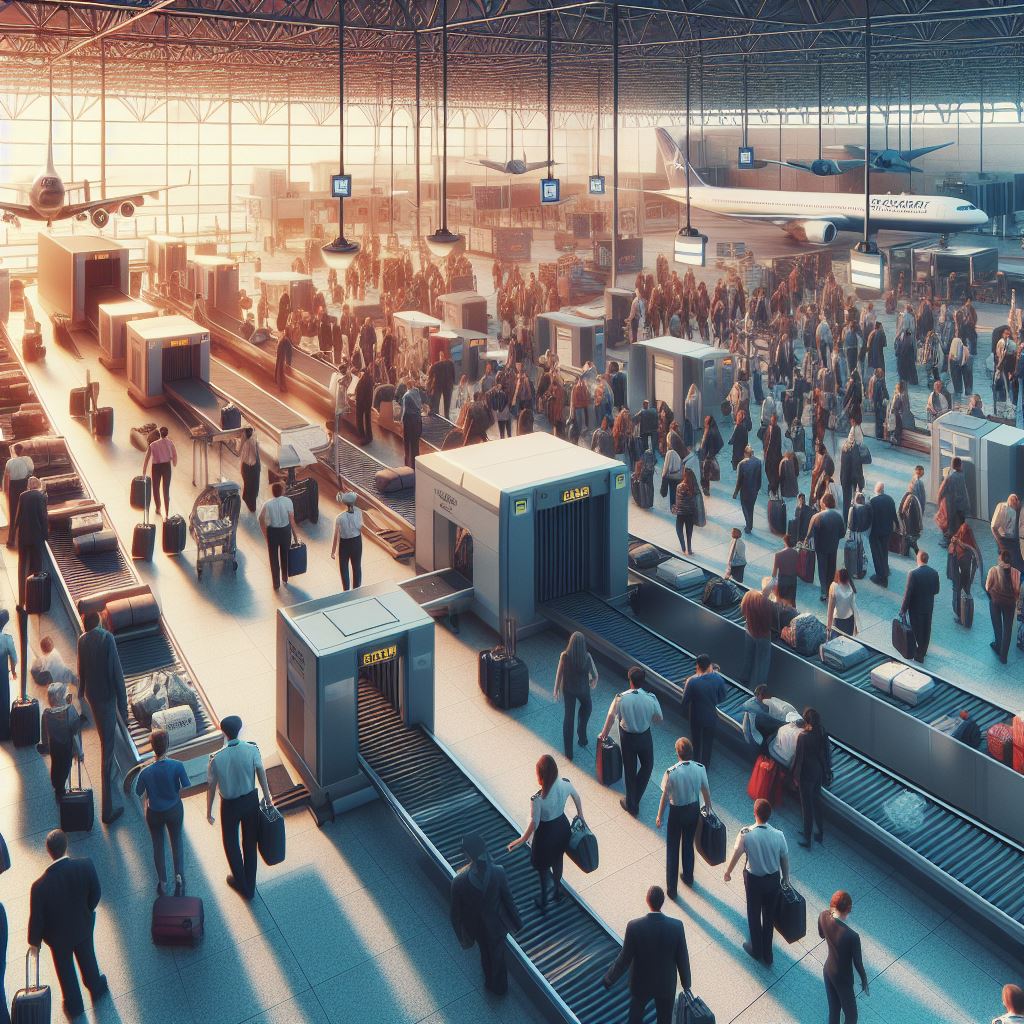As the world becomes increasingly interconnected, the importance of security screening has never been more pronounced. From airports to public venues and events, the need to ensure safety while maintaining efficiency is a critical challenge. Emerging technologies are poised to revolutionize security screening processes, enhancing effectiveness while reducing wait times and improving the overall experience for users. This article explores the future of security screening, focusing on innovations, trends, and the implications for various sectors.
The security screening industry size is valued at USD 9.4 billion in 2024 and is expected to reach USD 13.2 billion by 2029, growing at a CAGR of 7.1% from 2024 to 2029 The key factors contributing to the growth of the security screening industry include increasing emphasis on modern security solutions to curb radiological attacks, and rising popularity of biometric security systems. Many organizations use biometric technology to control physical and logical access and reduce the risk of data theft. The IT industry is a key player in the growth of the biometrics market. Biometrics are commonly used in IT companies to control access, record employee attendance, and prevent theft or leakage of important information.
The Evolving Landscape of Security Screening
1. Technological Advancements
The future of security screening will be heavily influenced by advancements in technology. Innovations such as artificial intelligence (AI), machine learning, and biometrics are set to transform traditional screening processes.
- AI and Machine Learning: These technologies can analyze large datasets quickly and accurately, enabling security personnel to identify potential threats more effectively. For instance, AI algorithms can assess passenger behavior patterns at airports, flagging unusual activities that warrant further investigation.
- Biometric Screening: Biometric technologies, including fingerprint recognition, facial recognition, and iris scanning, are becoming increasingly common in security screening. These systems provide a fast and reliable method of identification, enhancing security while expediting the screening process.
2. Enhanced Imaging Technologies
Emerging imaging technologies are set to improve the quality and accuracy of Future of Security Screening :
- Advanced X-Ray Systems: Modern X-ray machines can provide clearer images and better material identification, allowing security personnel to detect threats more easily. Dual-energy X-ray systems can differentiate between organic and inorganic materials, improving the detection of contraband.
- Millimeter Wave Scanners: These scanners use non-ionizing radiation to create detailed images of objects concealed under clothing. They are already in use at airports and are expected to become more widespread in various security contexts.
Download PDF Brochure @
https://www.marketsandmarkets.com/pdfdownloadNew.asp?id=264685413

3. Integration of IoT (Internet of Things)
The integration of IoT devices into security screening processes is another significant trend. Connected devices can communicate with each other, sharing data in real time to enhance situational awareness.
- Smart Sensors: IoT-enabled sensors can monitor environments for unusual activity or behavior, providing real-time alerts to security personnel. For example, sensors in a crowded venue can detect sudden changes in crowd movement, prompting a review of surveillance footage.
- Data Analytics: The massive amount of data generated by IoT devices can be analyzed to identify patterns and trends, helping organizations predict potential security threats and take proactive measures.
Implications for Various Sectors
1. Transportation
In the transportation sector, particularly airports, the future of security screening will focus on minimizing delays while ensuring safety. The use of biometrics and automated screening lanes can expedite the passenger experience, allowing for smoother transitions through security checkpoints.
2. Public Spaces and Events
For public venues, such as stadiums and concert halls, enhanced security screening will become vital in maintaining safety without compromising the visitor experience. Smart security solutions that integrate AI and IoT can monitor crowds and detect potential threats in real time, allowing for quick responses to emerging situations.
3. Retail and Commercial Spaces
As retail environments become more crowded and complex, security screening will need to evolve. Technologies such as facial recognition can help identify shoplifters or banned individuals, while surveillance systems equipped with AI can analyze customer behavior, enhancing both security and customer service.
4. Critical Infrastructure
Protecting critical infrastructure, such as power plants and transportation hubs, will also rely on advanced security screening technologies. The ability to monitor access points and identify unauthorized personnel in real time will be essential in safeguarding these vital assets.
Challenges Ahead
Despite the promise of these advancements, several challenges remain:
1. Privacy Concerns
As biometric and surveillance technologies become more widespread, concerns about privacy and data protection will intensify. Striking a balance between security and individual privacy rights will be crucial to maintaining public trust.
2. Regulatory Compliance
Organizations must navigate a complex web of regulations governing data protection and security measures. Ensuring compliance while implementing new technologies can be a daunting task.
3. Cost of Implementation
The initial investment in advanced security screening technologies can be significant. Organizations will need to weigh the costs against the potential benefits and find ways to budget for these necessary upgrades.
The future of security screening is set to be transformed by technological innovations and emerging trends. With advancements in AI, biometrics, imaging technologies, and IoT integration, security processes will become more efficient, accurate, and responsive. While challenges such as privacy concerns and regulatory compliance remain, the benefits of enhanced security screening in safeguarding public spaces and critical infrastructure are undeniable. As we move forward, embracing these technologies will be essential for organizations aiming to ensure safety in an increasingly complex world. The future of security screening promises a safer environment, one where technology and human oversight work together harmoniously to protect society.
